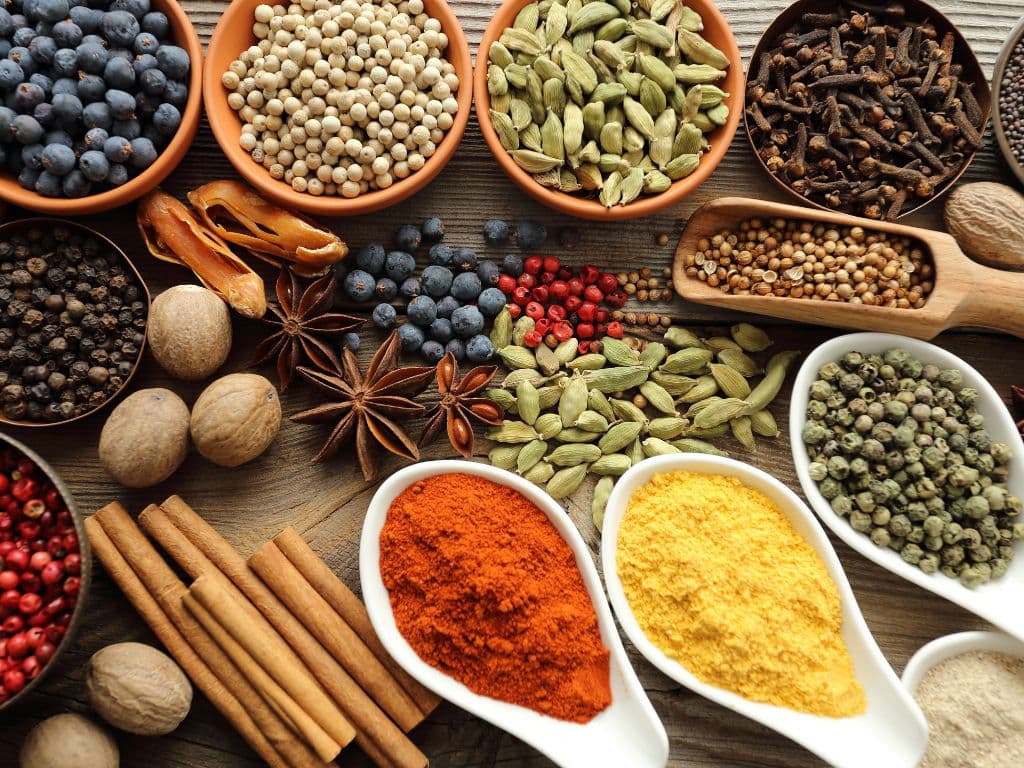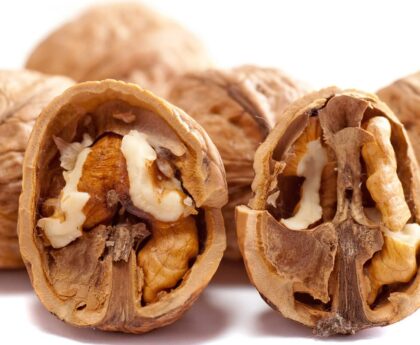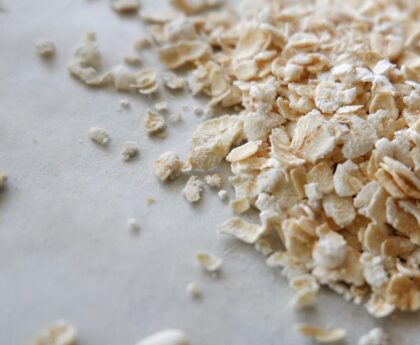Every kitchen has the potential to be a place for culinary exploration, a voyage limited only by our imagination and taste buds rather than the actual confines of our surroundings. Our basic spice cupboard serves as our entryway to this international journey, providing a wide range of sensations from the fiery piquancy of Mexican chiles to the earthy depths of Indian turmeric. This book aims to do more than simply fill your pantry with exotic spices; it’s also about incorporating the flavors of the world into your regular meals, turning them from ordinary to exceptional.
Essential International Spices
A well-stocked spice cabinet is necessary to begin this gastronomic adventure, but the sheer number of spices available might be intimidating. The following five staple spices are used around the world and form the basis of many cuisines:
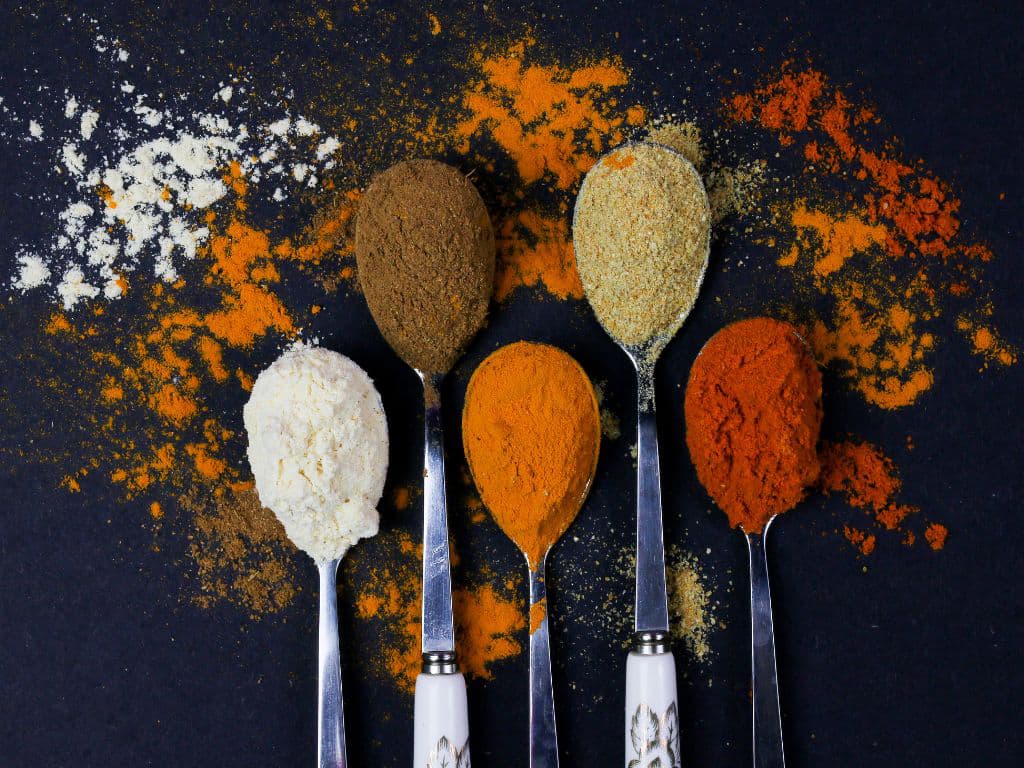
- Turmeric is a commonly used spice in Indian cuisine, known for its bold color and anti-inflammatory properties. It is often used in curries and can enhance the flavor of any dish with its earthy and peppery taste.
- Cumin is a spice that is widely used in various cuisines, such as Mexican tacos and Moroccan tagines, due to its nutty and warming flavor that adds depth to many dishes.
- Saffron is a spice highly valued in Middle Eastern and Spanish cuisine due to its distinct aroma and golden color, which adds flavor and visual appeal to dishes such as Spanish paella and Iranian saffron rice.
- Cinnamon (Southeast Asia): Its sweet and woody flavor profile is enjoyed in cuisines worldwide, not just in Southeast Asia where it is often associated with sweet, dessert-like dishes. Cinnamon is a spice that is known for its versatility in both sweet and savory dishes. Its sweet and woody flavor profile is enjoyed in cuisines worldwide, not just in Southeast Asia where it is often associated with sweet, dessert-like dishes.
- Paprika is a spice that can be used in a variety of cuisines, from sweet to smoky to hot. It is a key ingredient in Hungarian goulash and can also add a vibrant red color to Spanish dishes.
Dale Jenkins, owner of theheightcomparison.org, believes these spices are a must-have for any foodie. With a diverse blend of spices from around the world, they give any dish an authentic touch of international flavor.
Integrating these spices into your cooking not only enhances flavor but also introduces an element of global tradition into your kitchen.
Spice Storage Tips
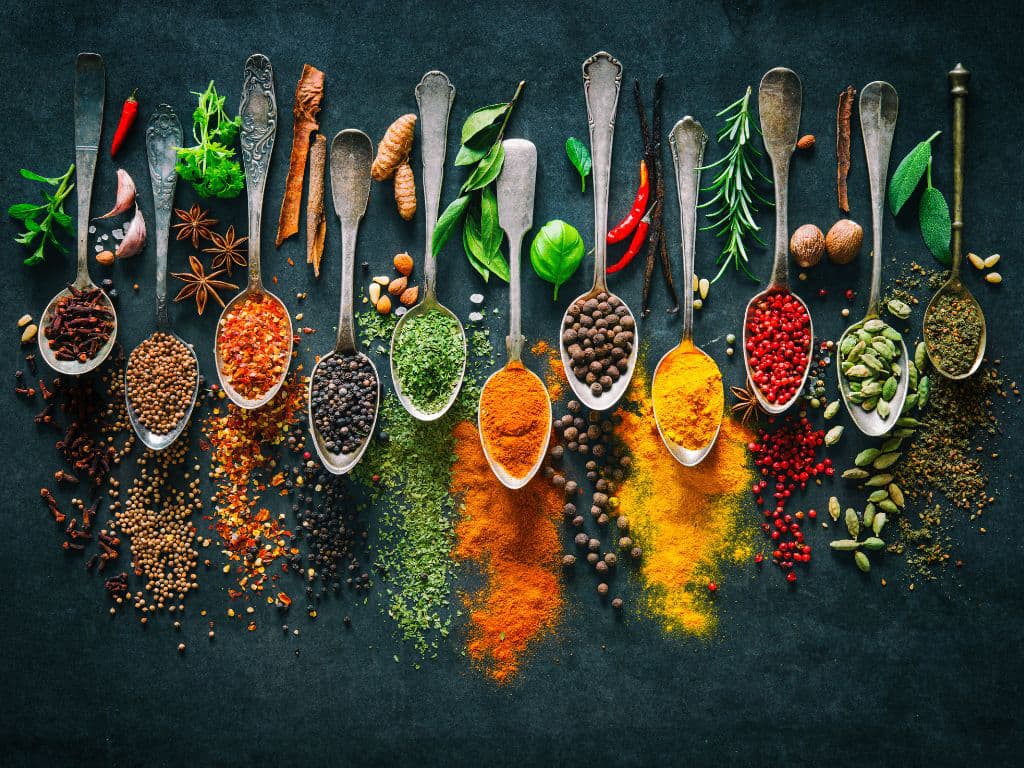
Maximizing the flavor of these spices involves more than just their selection; proper storage is crucial:
- Darkness and Coolness: Spices degrade with exposure to light and heat. Store them in a cool, dark place to preserve their essential oils and flavor.
- Airtight Containers: Moisture is the enemy of spice potency. Use airtight containers to prevent clumping and flavor loss.
- Labeling: Keep track of freshness by labeling jars with purchase dates. Ground spices typically retain their potency for six months, while whole spices can last up to two years.
Adhering to these storage principles ensures that your spices maintain their flavor integrity, ready to imbue your dishes with global essence at a moment’s notice.
Spice Substitution Guide
Culinary creativity often involves improvisation, especially when a specific spice is unavailable. Here are a few smart substitutions:
- Cumin for Caraway: In recipes calling for cumin, caraway seeds can offer a similar earthy, slightly peppery taste.
- Coriander for Cilantro Seeds: Lacking coriander? Its cousin, cilantro seeds, can provide a comparable lemony, floral flavor profile.
- Turmeric for Saffron: For the golden color without the cost, turmeric serves as a practical alternative to saffron, though the flavors differ.
Mastering the art of substitution allows you to adapt recipes to your available spice collection, encouraging experimentation and flexibility in your cooking.
Homemade Spice Blends
One of the most rewarding aspects of cooking with international spices is creating your own homemade spice blends. These blends not only save money but also offer a freshness and personal touch that store-bought versions can’t match:
- Garam Masala (India): This aromatic blend typically includes cinnamon, mace, peppercorns, coriander seeds, cumin seeds, and cardamom pods, ground together. It’s indispensable in Indian cooking, adding warmth and depth to dishes.
- Taco Seasoning (Mexico): A mix of chili powder, garlic powder, onion powder, paprika, cumin, and oregano can be adjusted to taste for the perfect homemade taco seasoning. It’s an easy way to add authentic Mexican flavor to meats and vegetables.
- Chinese Five Spice (China): Combining star anise, cloves, Chinese cinnamon, Sichuan pepper, and fennel seeds, this blend offers a balance of the five essential flavors: sweet, sour, bitter, salty, and umami. It’s a staple in Chinese marinades and stir-fries.
Crafting these blends not only enriches your cooking with authentic flavors but also connects you more deeply with the culinary traditions of each cuisine.
Health Benefits of Spices
Beyond their culinary uses, many spices are lauded for their health benefits:
- Turmeric: Contains curcumin, a compound with potent anti-inflammatory and antioxidant properties.
- Cinnamon: Known for its ability to lower blood sugar levels and reduce heart disease risk factors.
- Ginger: Offers anti-inflammatory effects and can help treat nausea, especially morning sickness.
Incorporating spices into your diet can thus contribute to both the flavor and healthfulness of your meals.
Using Spices in Everyday Meals
The true magic of a global spice cabinet is realized in its daily use, transforming everyday meals into expressions of global cuisine:
- Breakfast: Start your day with a sprinkle of cinnamon on oatmeal or turmeric in a smoothie for an anti-inflammatory boost.
- Lunch: A pinch of cumin in salad dressing or smoked paprika on roasted vegetables can elevate a simple lunch.
- Dinner: Experiment with creating a Moroccan tagine using homemade ras el hanout or adding garam masala to a vegetable stew for a comforting dinner.
Through the thoughtful incorporation of international spices, every meal becomes an opportunity to explore new flavors and cultures, enriching your culinary repertoire and palate.
This is only the start of our investigation into the realm of exotic spices. In addition to improving your cuisine, adopting these international flavors will allow you to explore the diverse range of culinary customs that exist around the world. Traveling across international cuisine gives countless opportunities for joy and discovery, whether it’s through a basic sprinkling of cinnamon or a sophisticated handcrafted garam masala.
